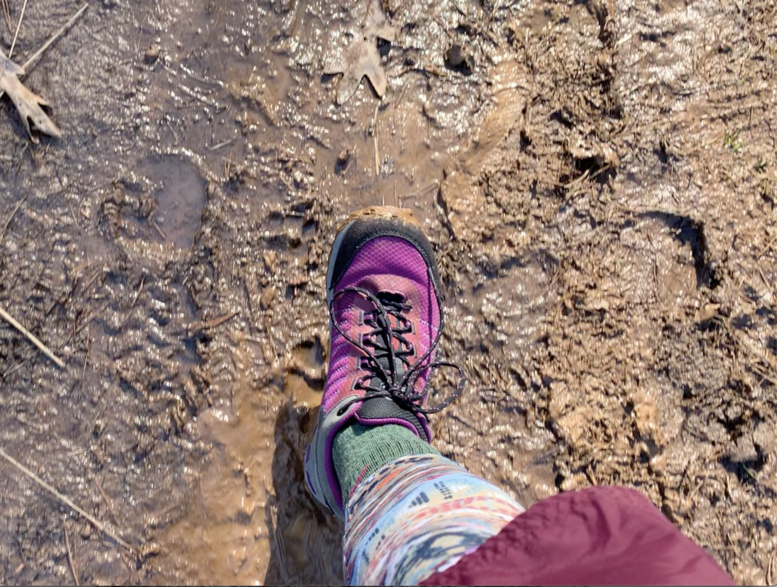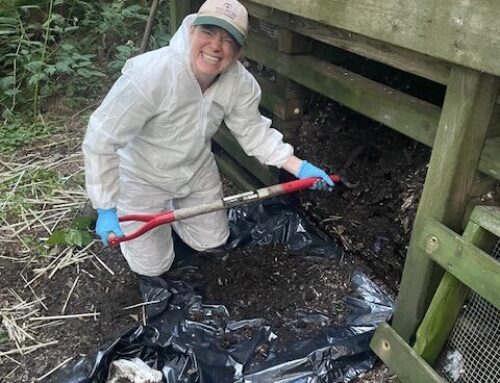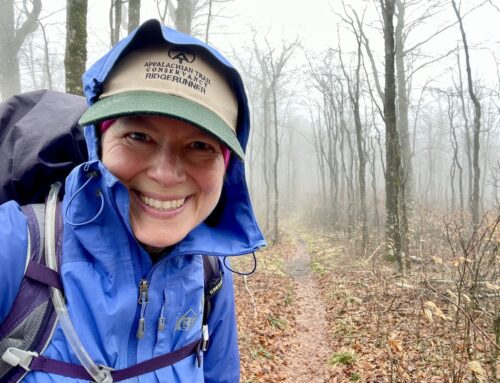In today’s video, we focus on the Leave No Trace (LNT) Principle #2: TRAVEL AND CAMP ON DURABLE SURFACES
Leave No Trace consists of seven core principles to provide education, knowledge, and awareness of the adverse effects of recreational impact. The best way to learn them is to practice them. The best way to practice them is to teach them. So, please remember these basic concepts and share them with your friends, family, and hiking buddies to preserve the beauty of our natural resources for generations to come. It is all of our responsibility to create the best and safest adventures possible.
LEAVE NO TRACE SEVEN PRINCIPLES:
- Plan ahead and prepare.
- Travel and camp on durable surfaces.
- Dispose of waste properly.
- Leave what you find.
- Minimize campfire impacts.
- Respect wildlife.
- Be considerate of other visitors.
Trampling sensitive vegetation only takes a moment, where recovery from this impact can take years. Durable surfaces include rock, gravel, snow or ice, barren soils, pavement, and well-established trails and recreation sites. Preserve native vegetation by not stepping on plants and avoid creating new barren areas.
Stay on well-established trails and especially avoid expanding these areas. So, what does this mean when you come upon a mud puddle? That’s right! It is best to walk right through it to prevent damage to sensitive vegetation along the sides of the trail. So, wear durable waterproof shoes, boots, or gaiters and have some fun splashing through those muddy spots!
Recovery rates of some impacted areas can require ten to thirty years to recover. Please do not venture off-trail. A shortcut on a switchback can severely damage a delicate ecosystem. Informal trail networks disrupt wildlife habitats, hasten the dispersal of non-native plants, and degrade very quickly because of erosion. There is also the possibility of getting lost or confused because the trail is not on the map.
Thank you for being a responsible and respectful Keeper of the Land!




